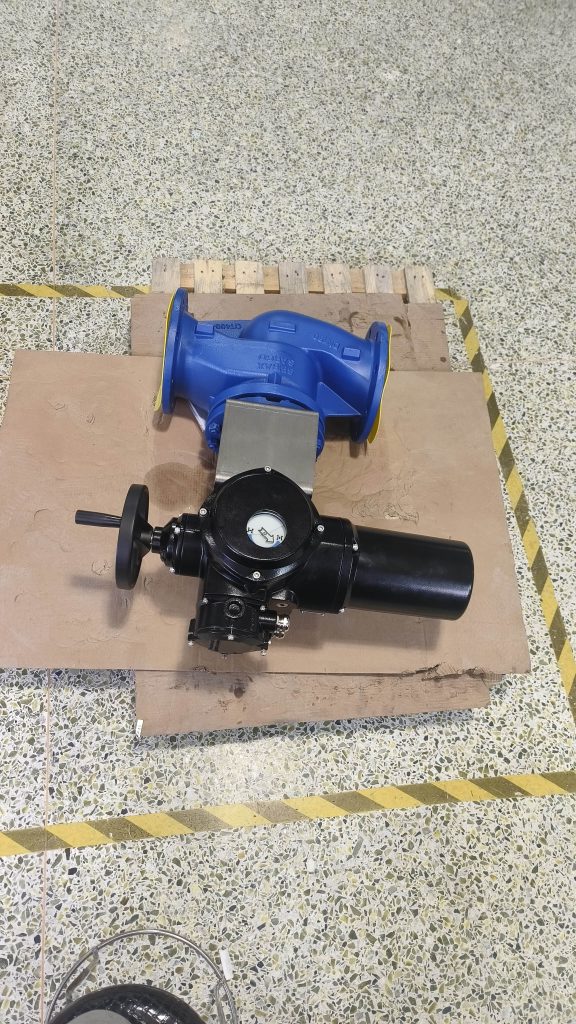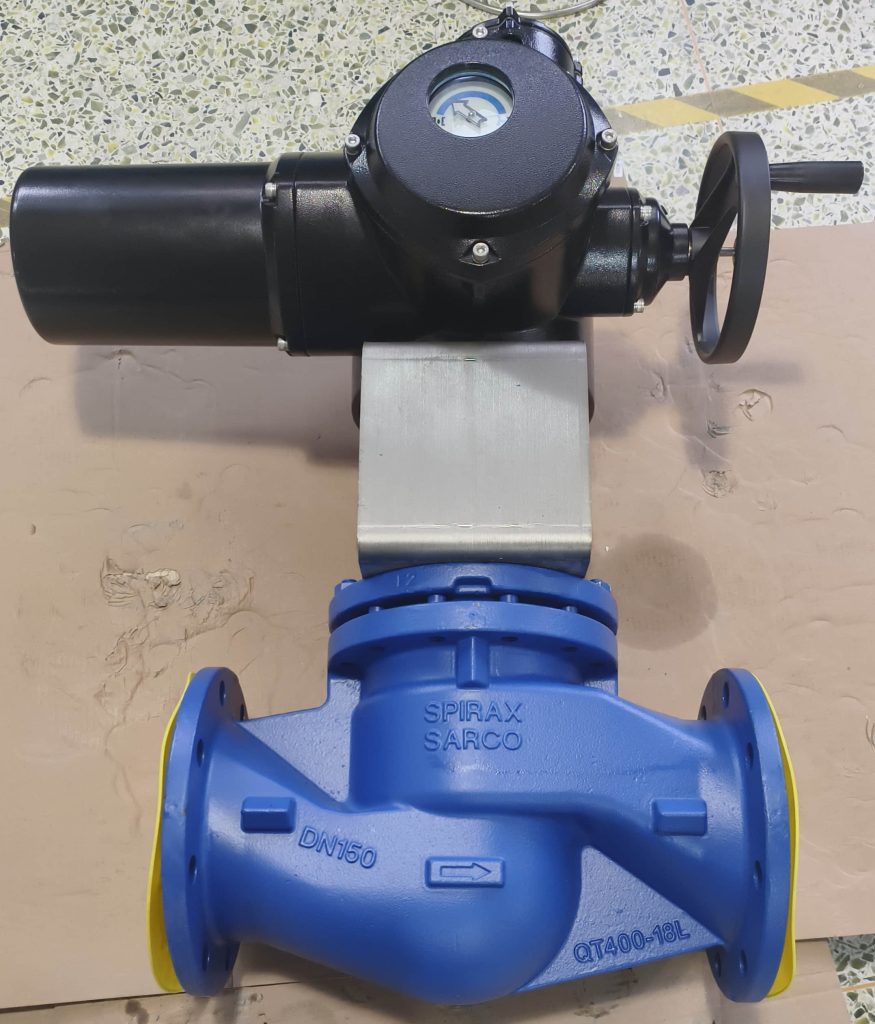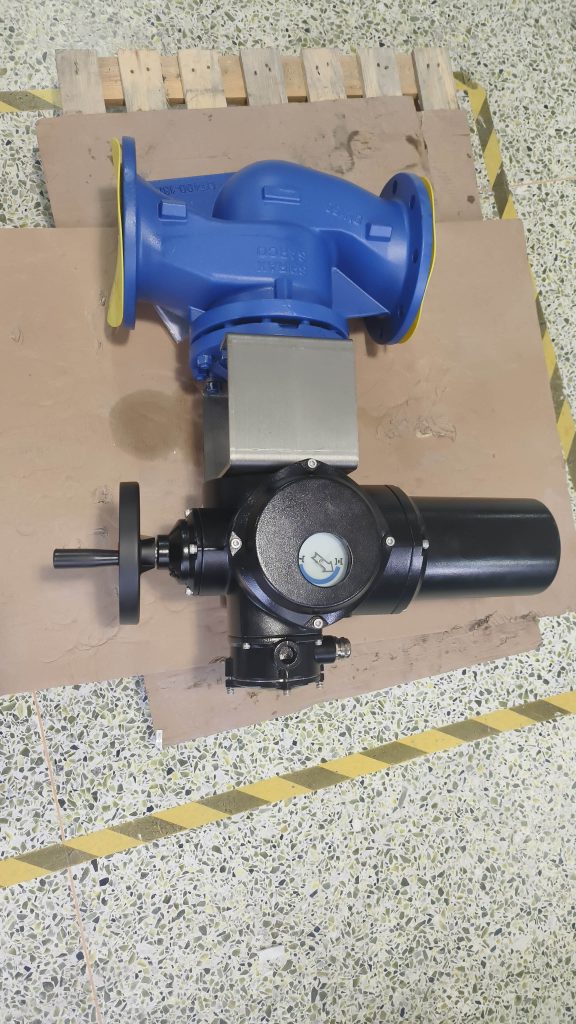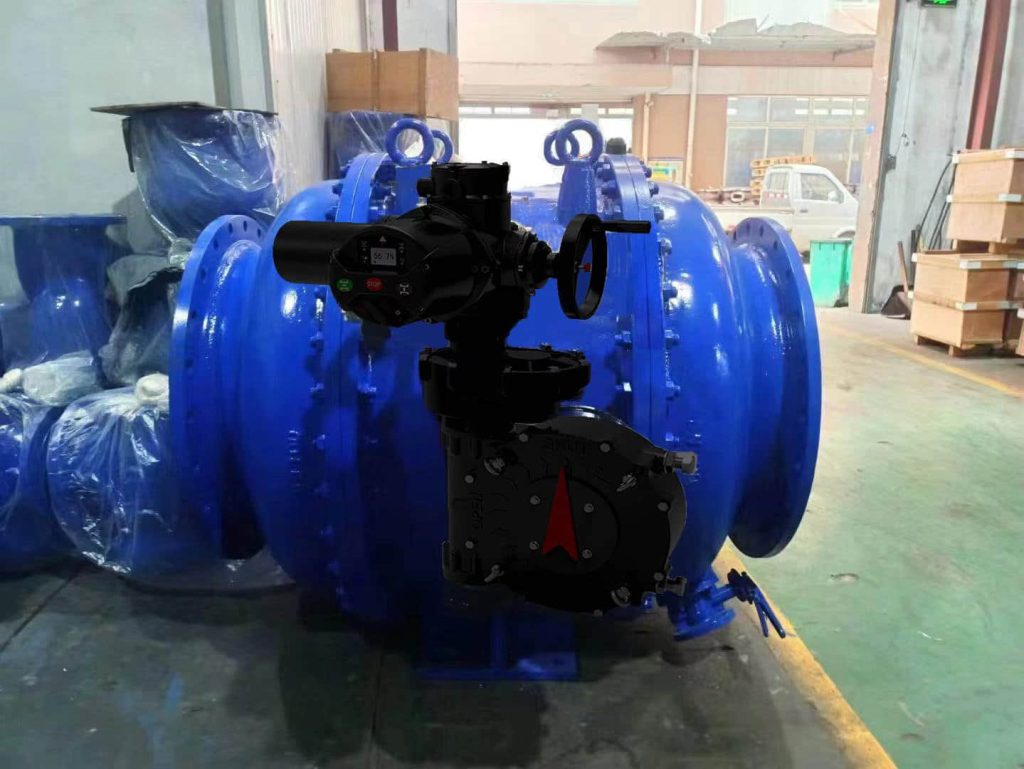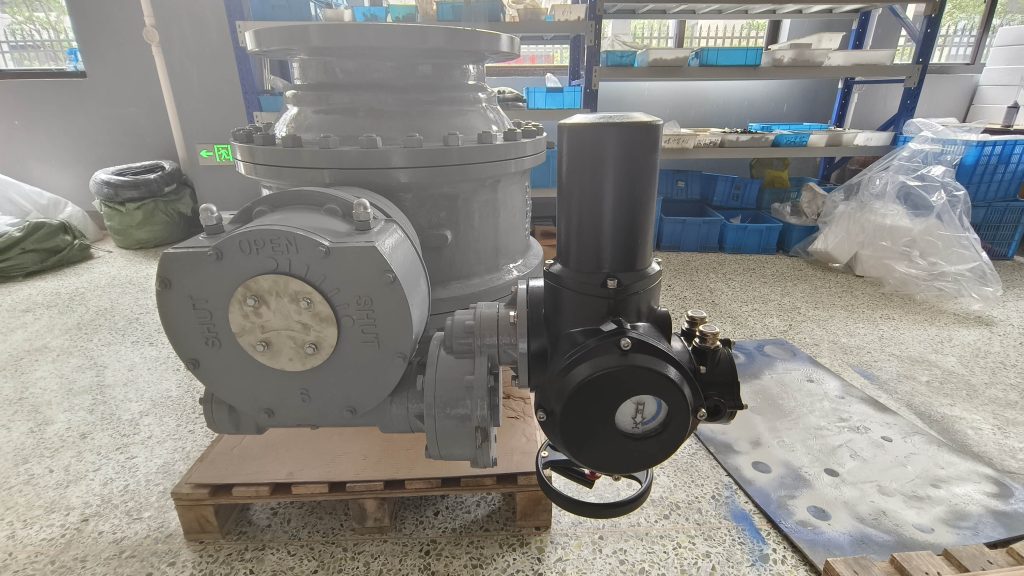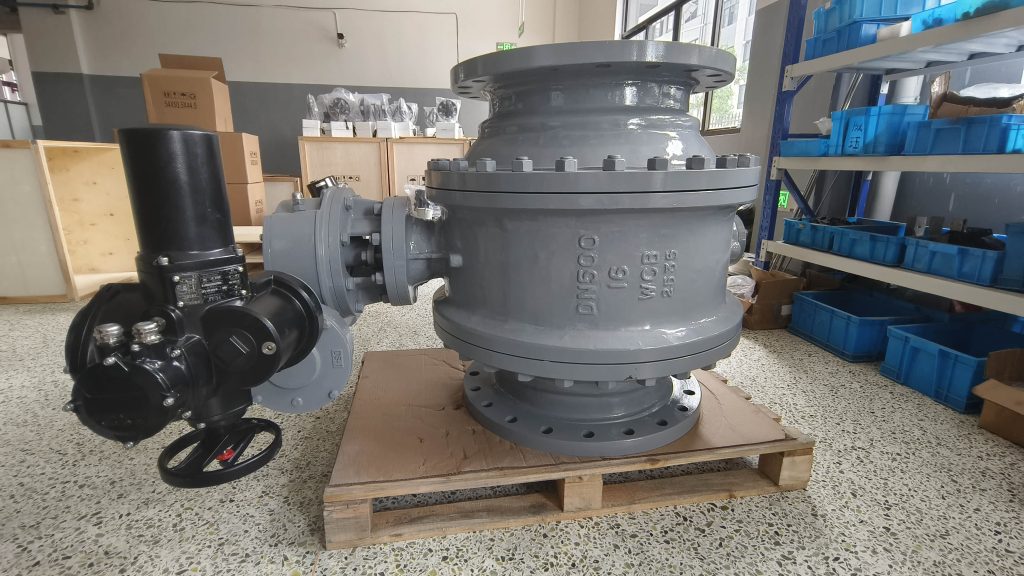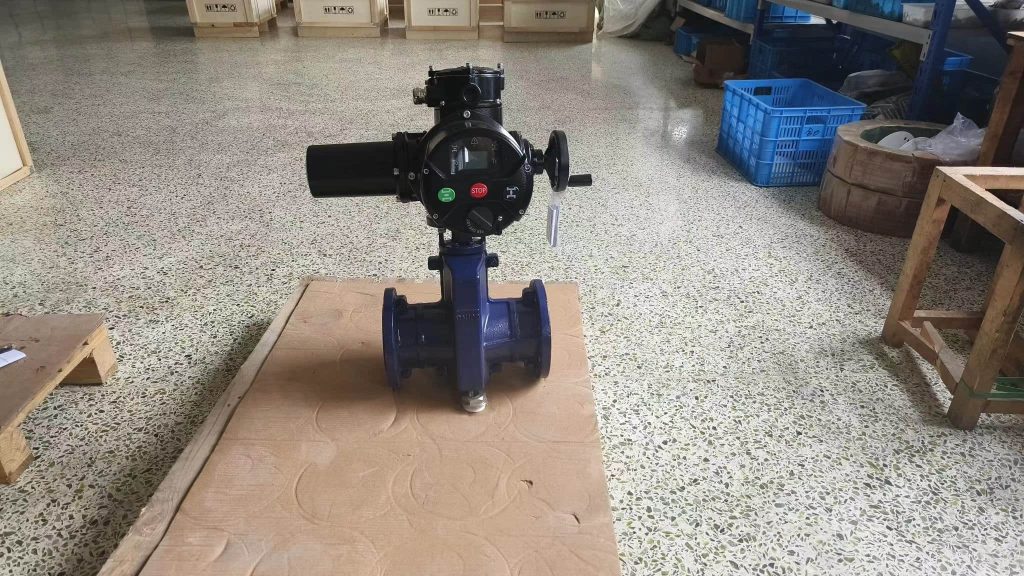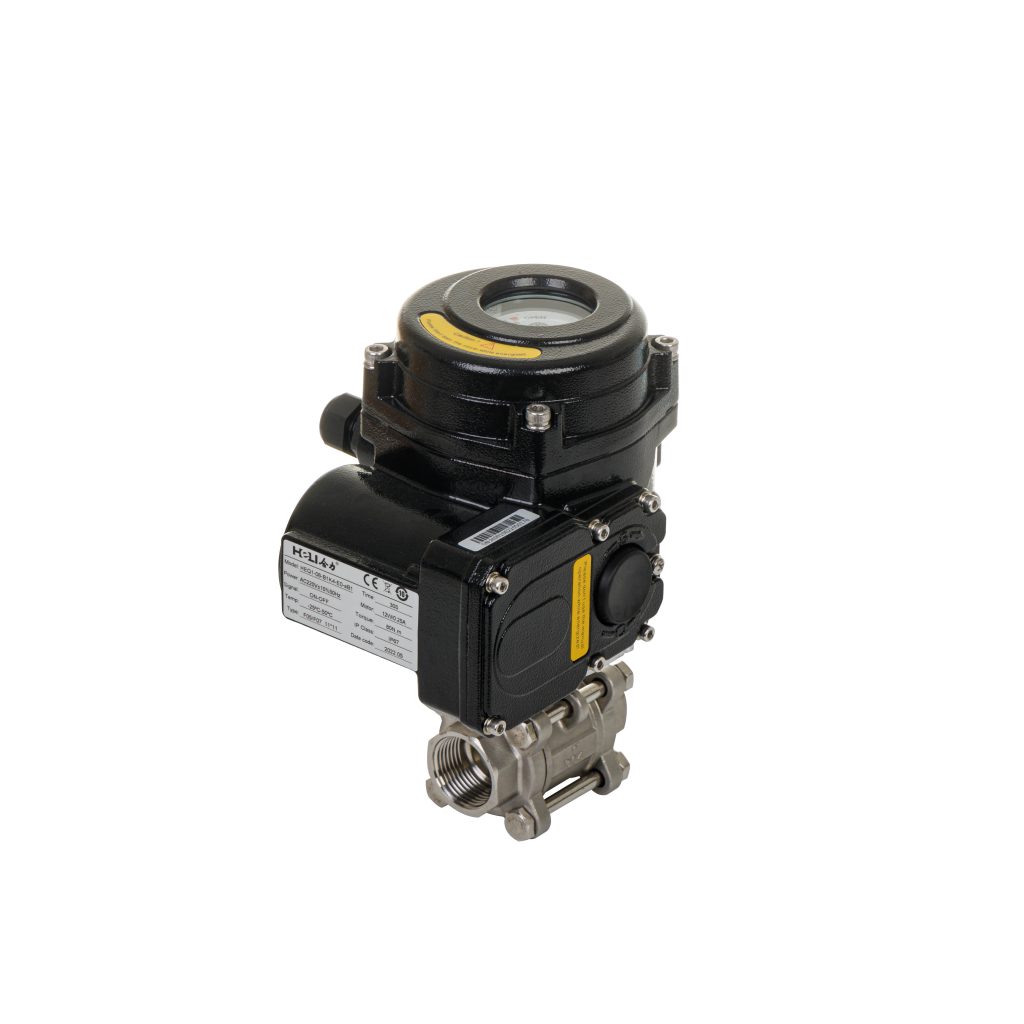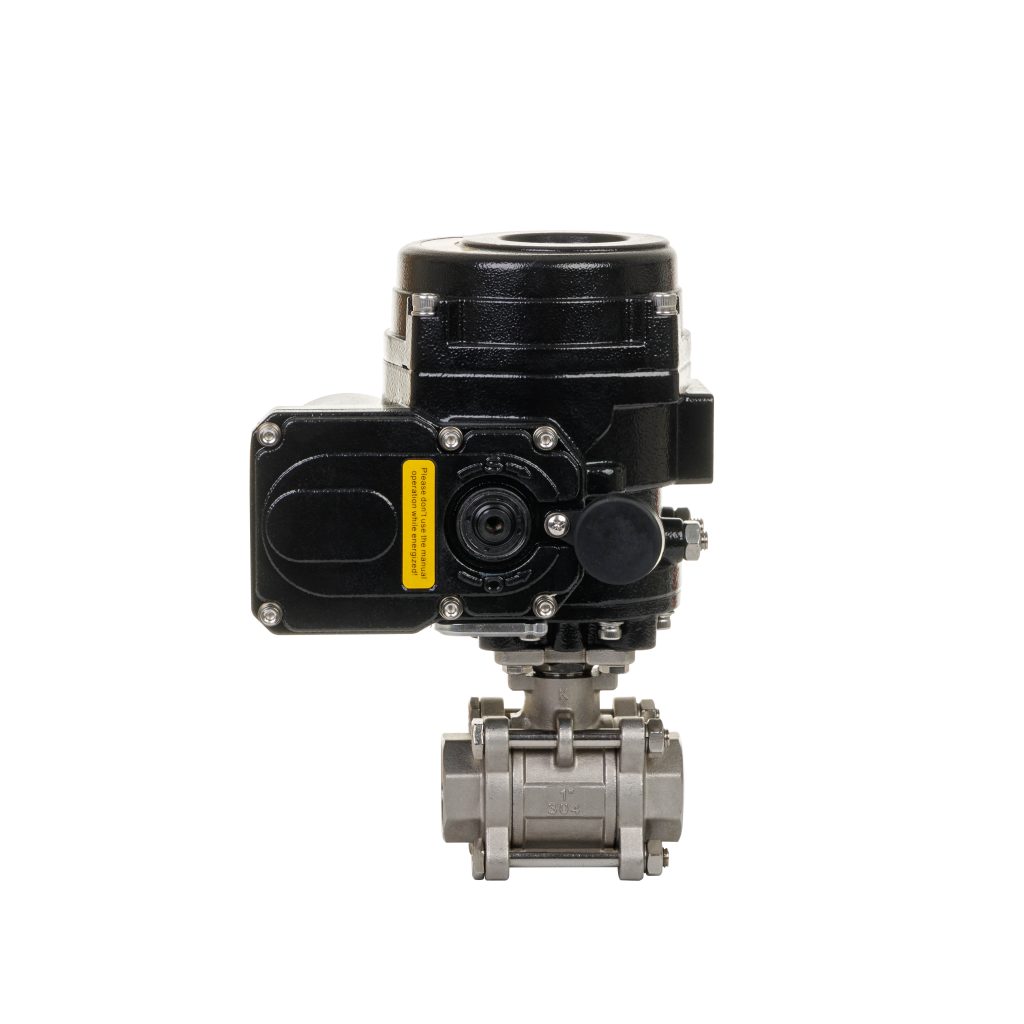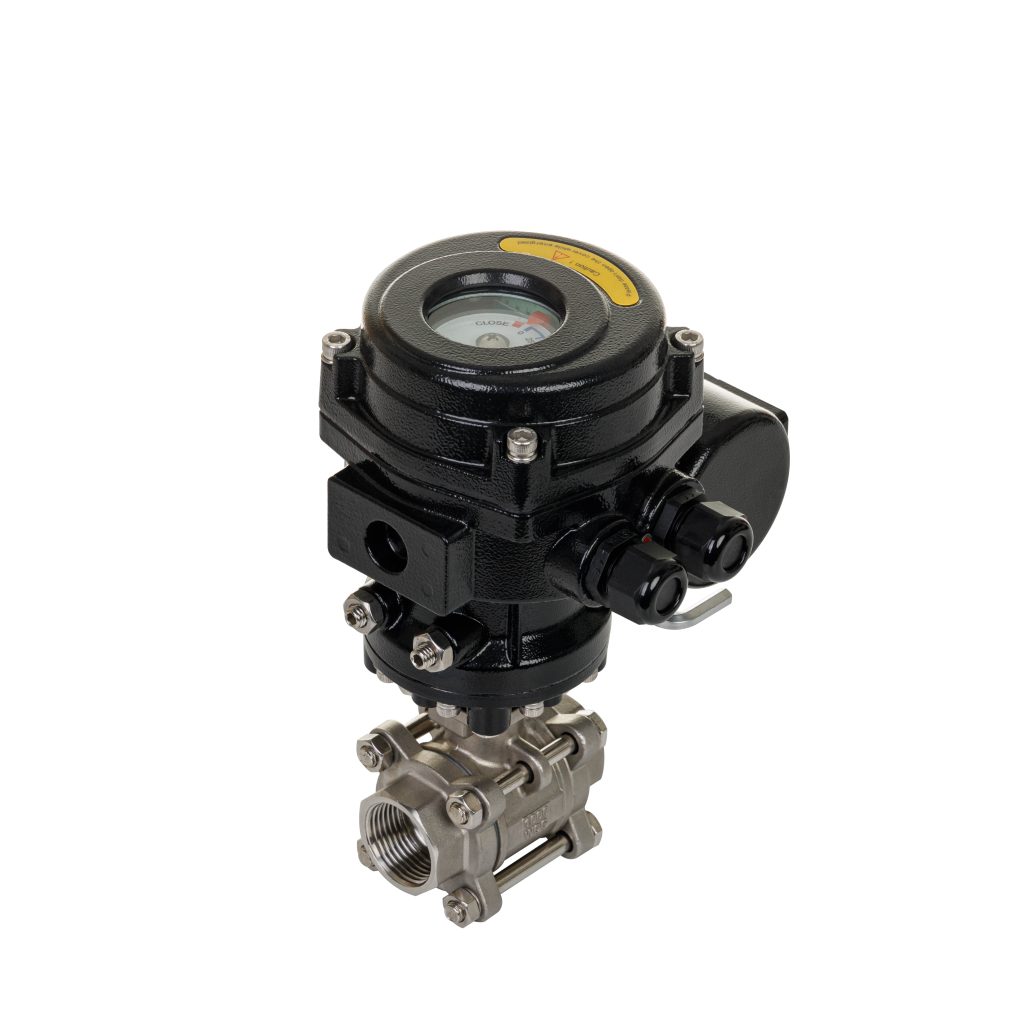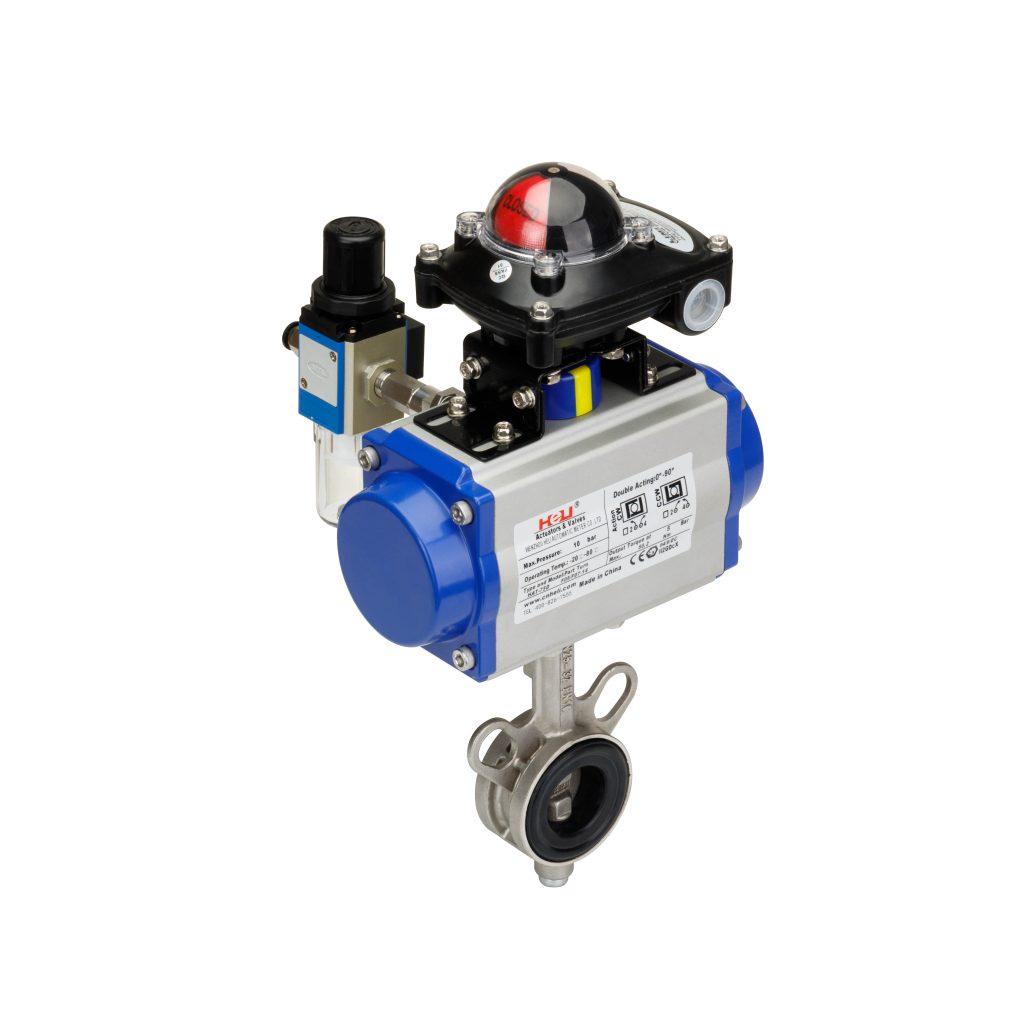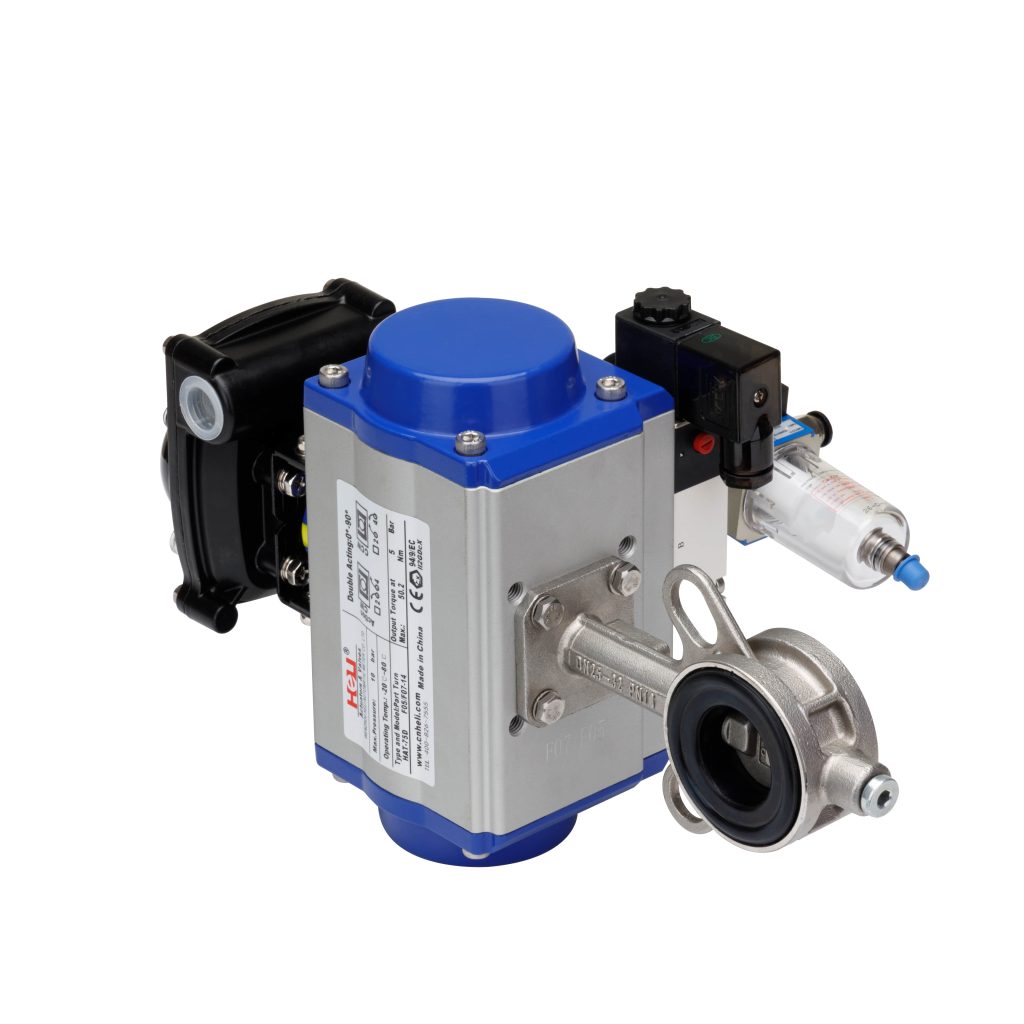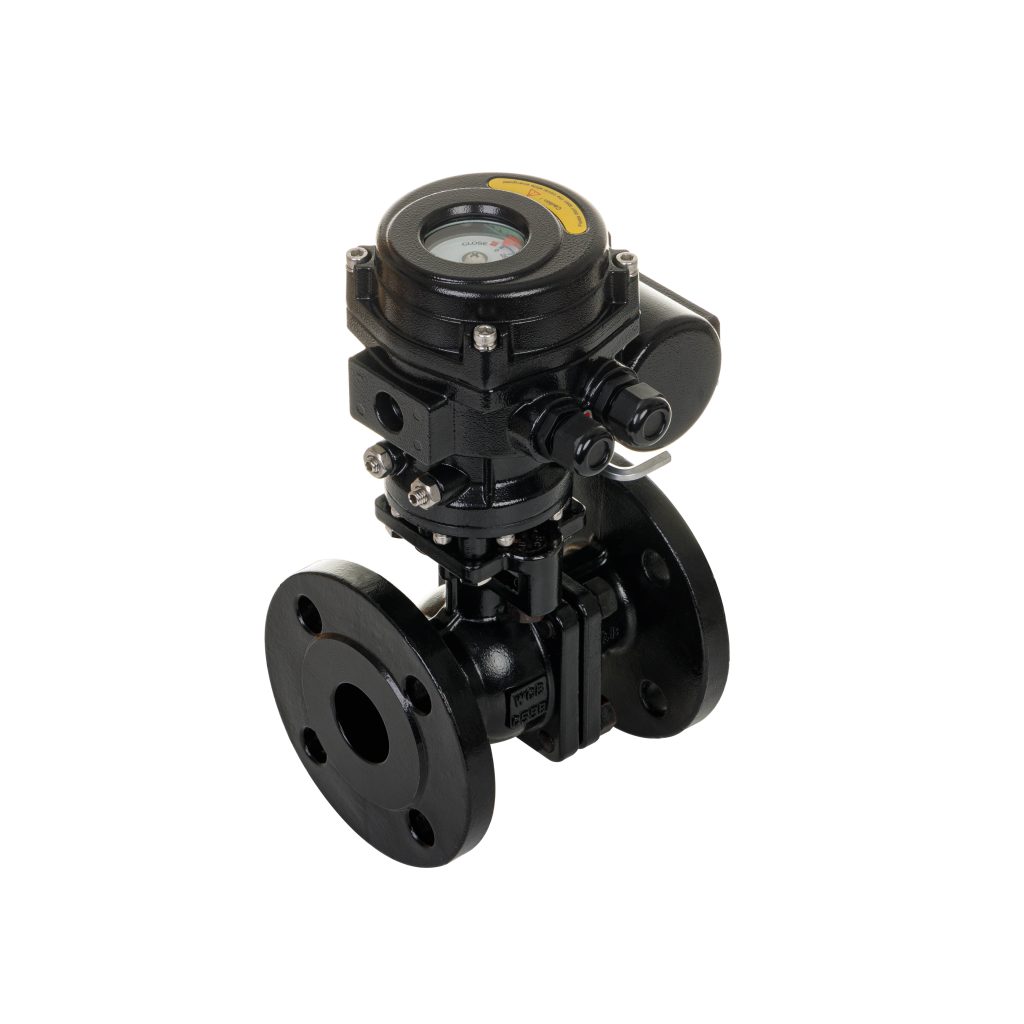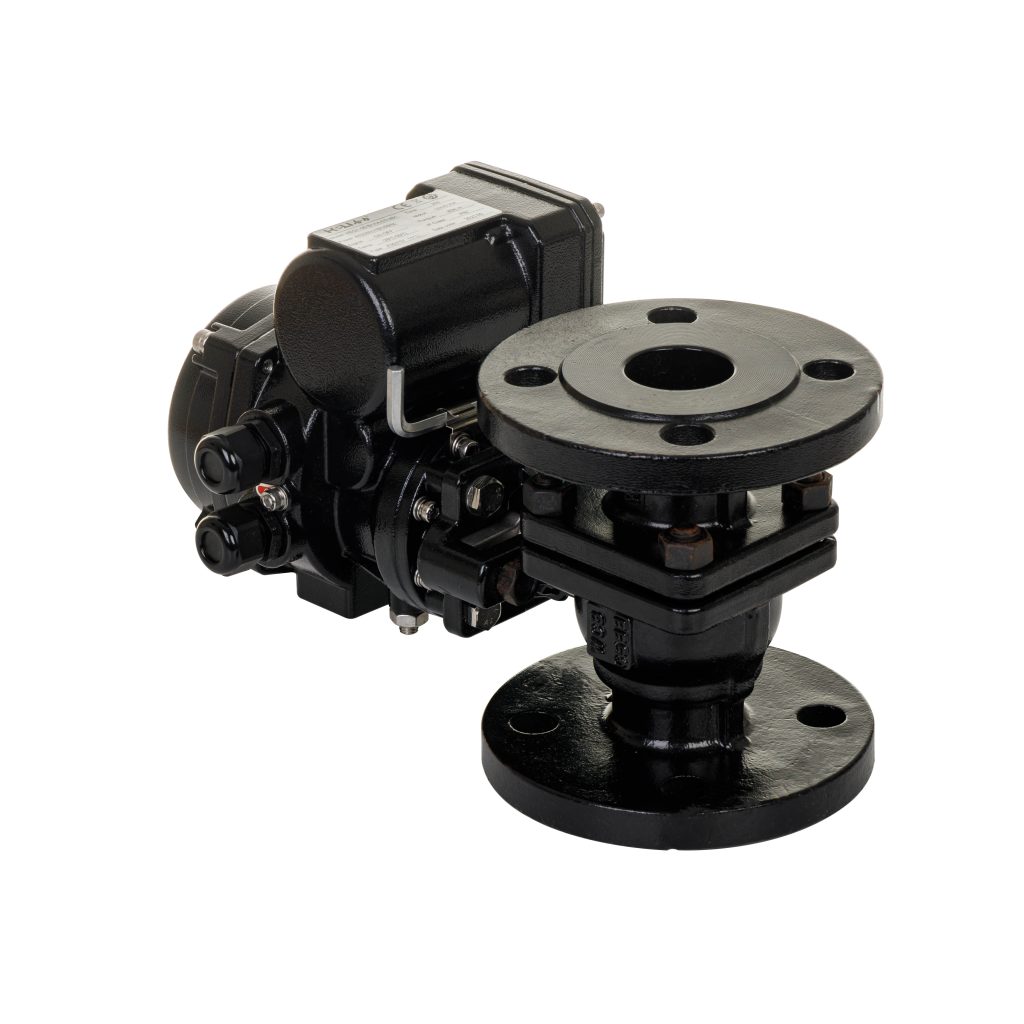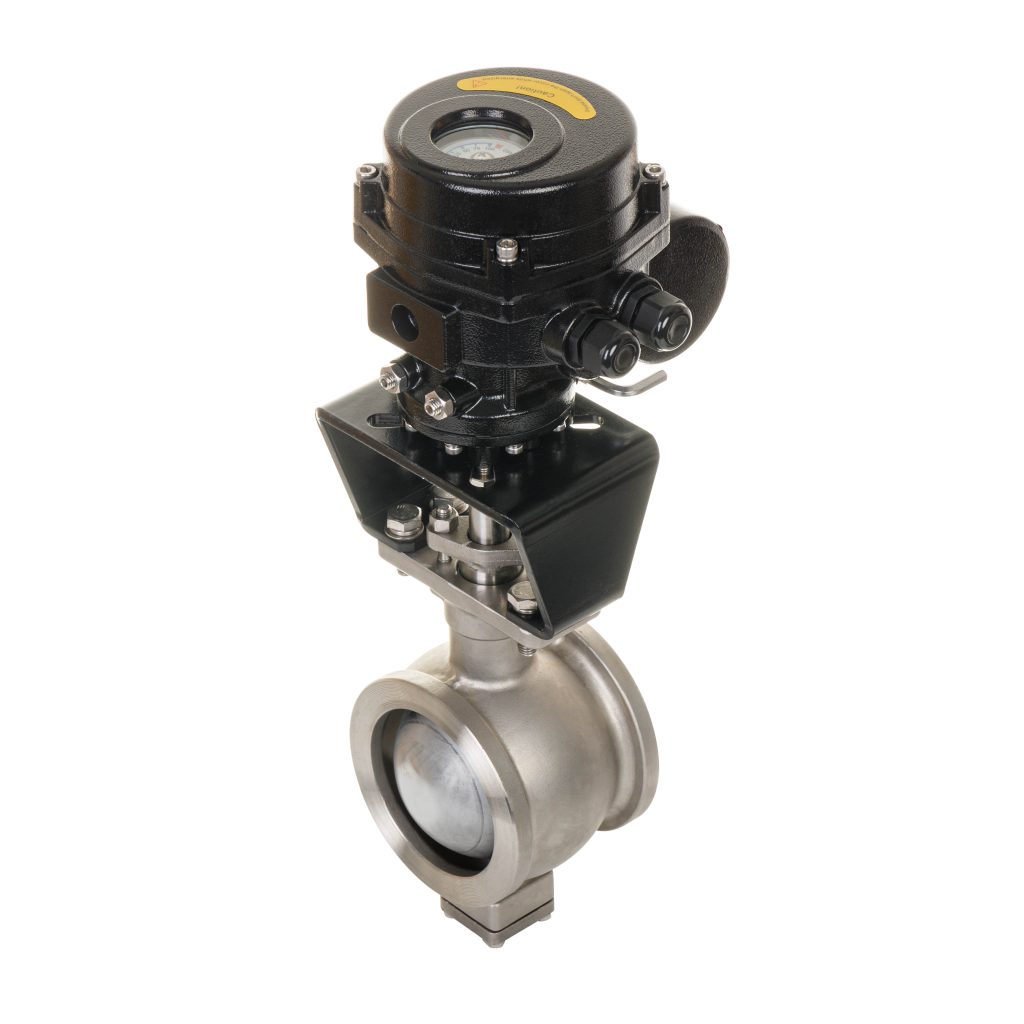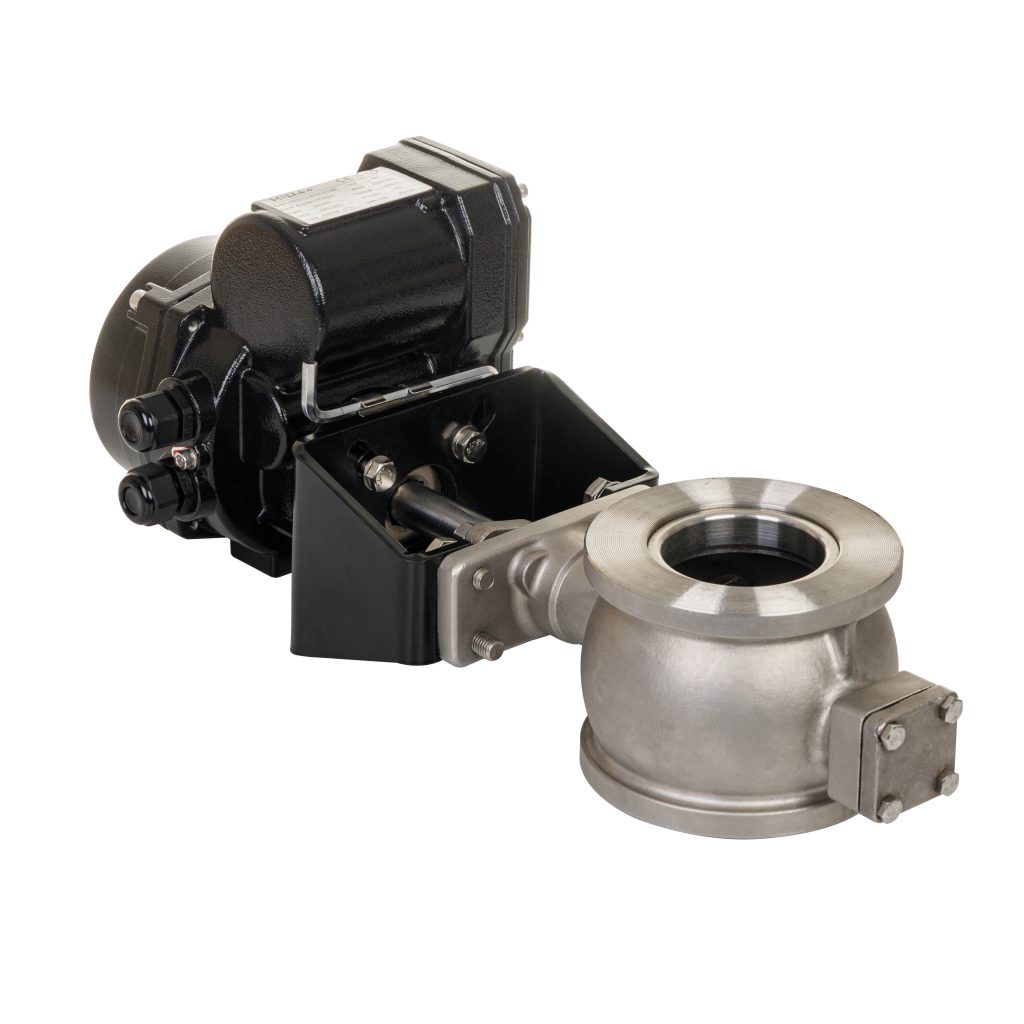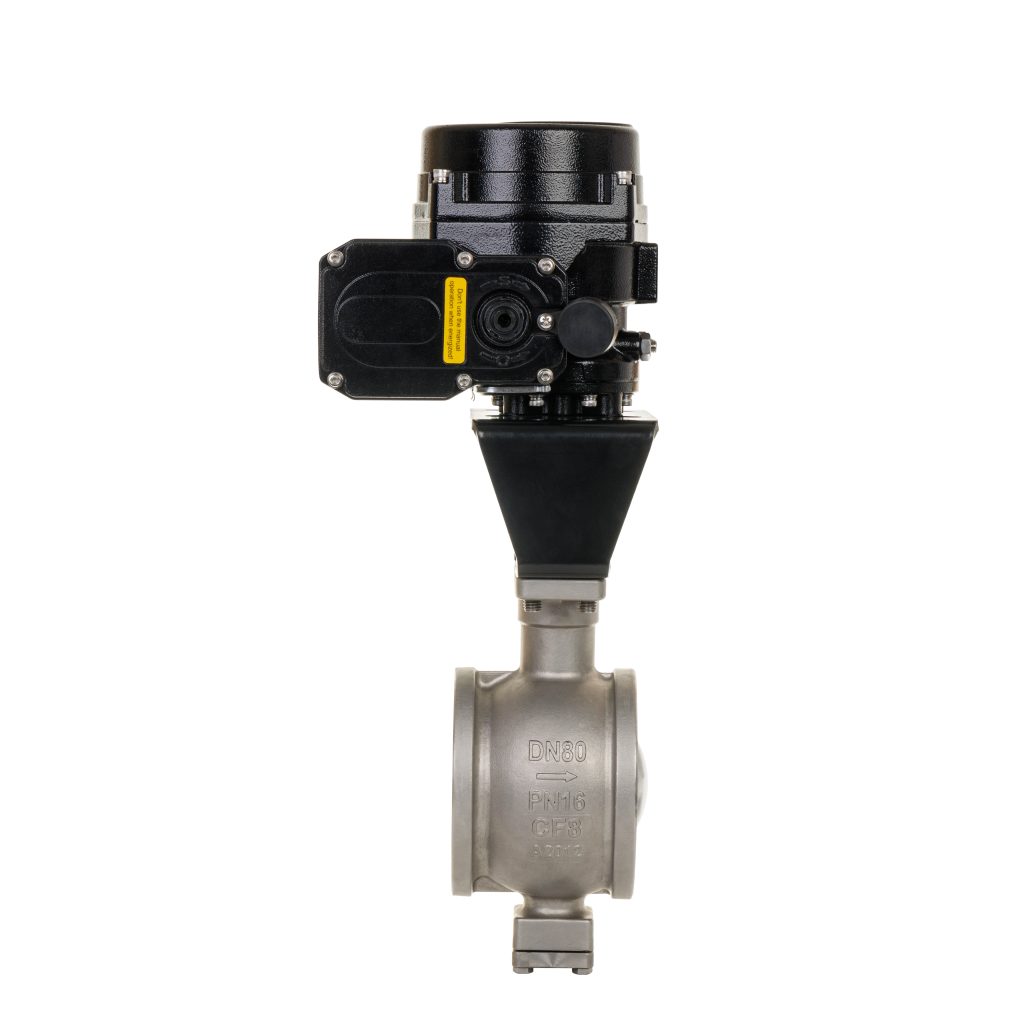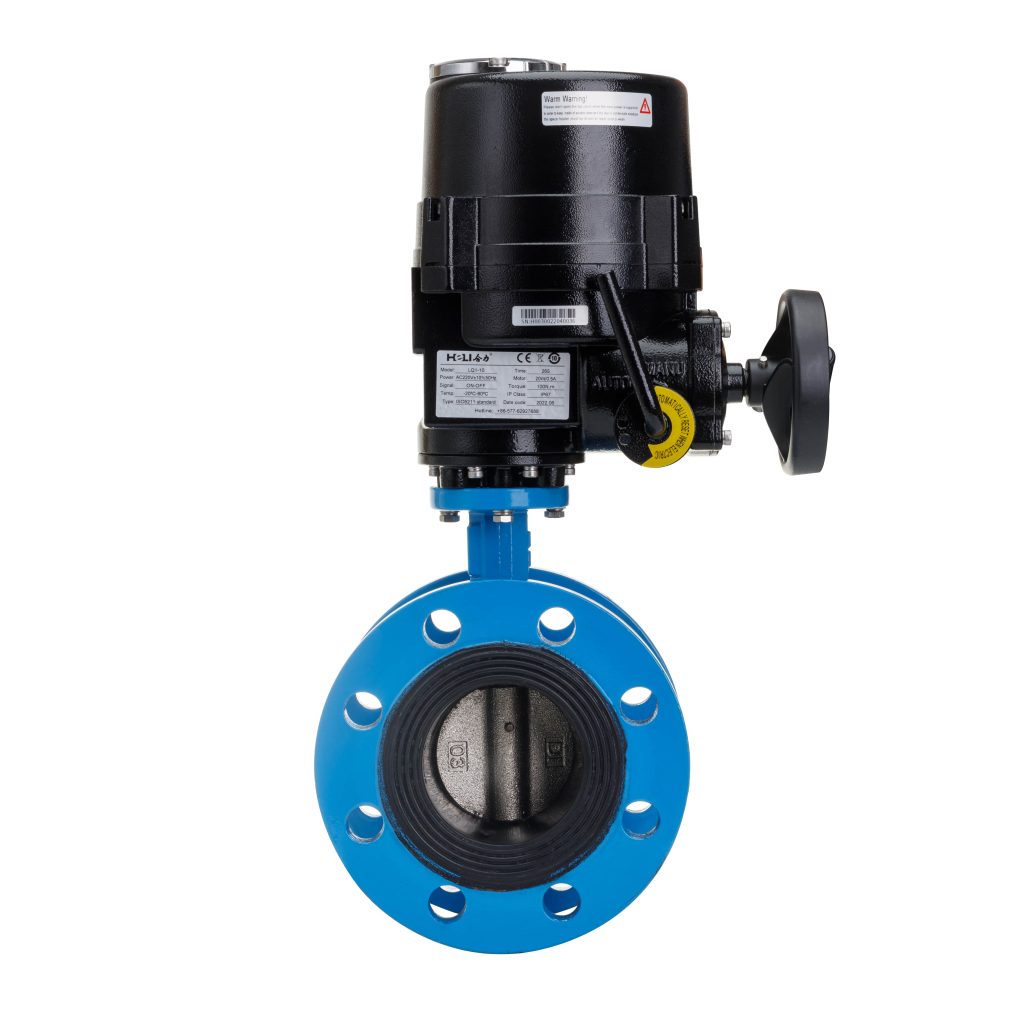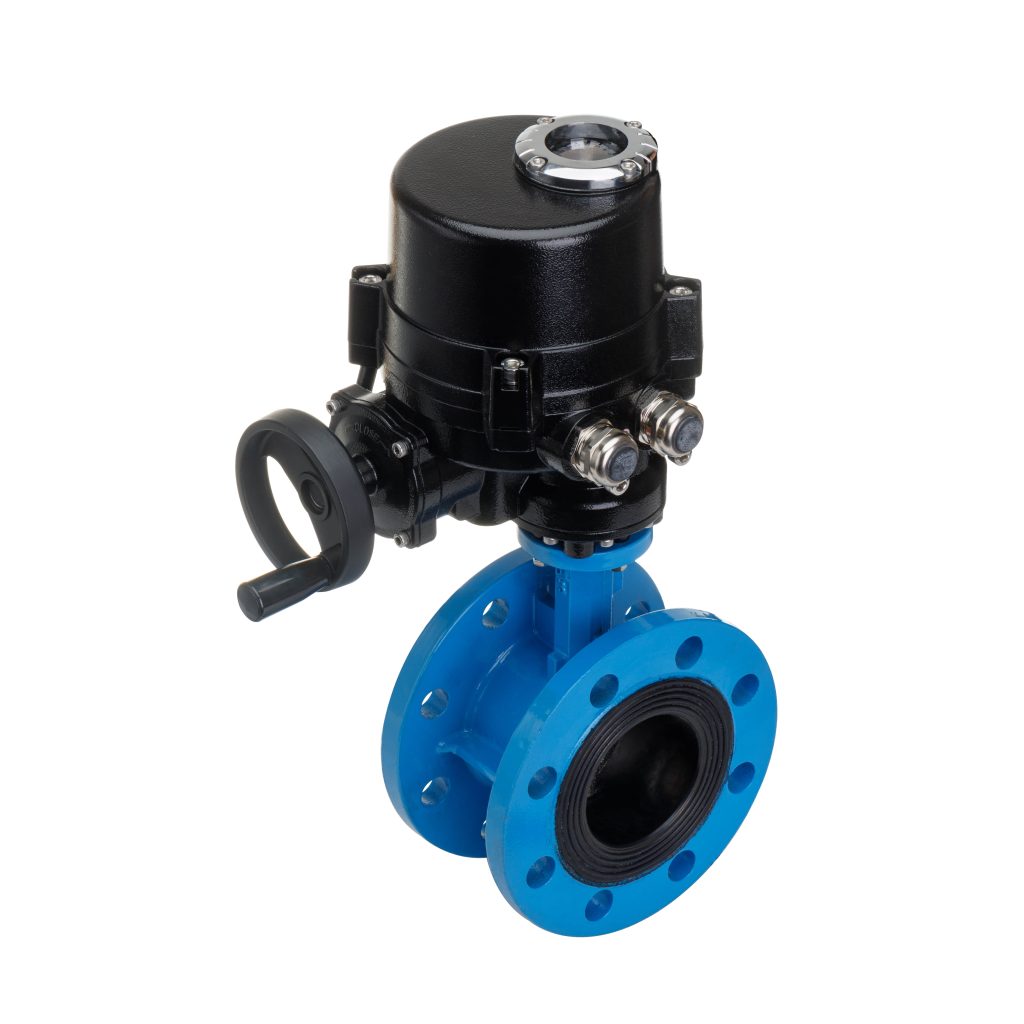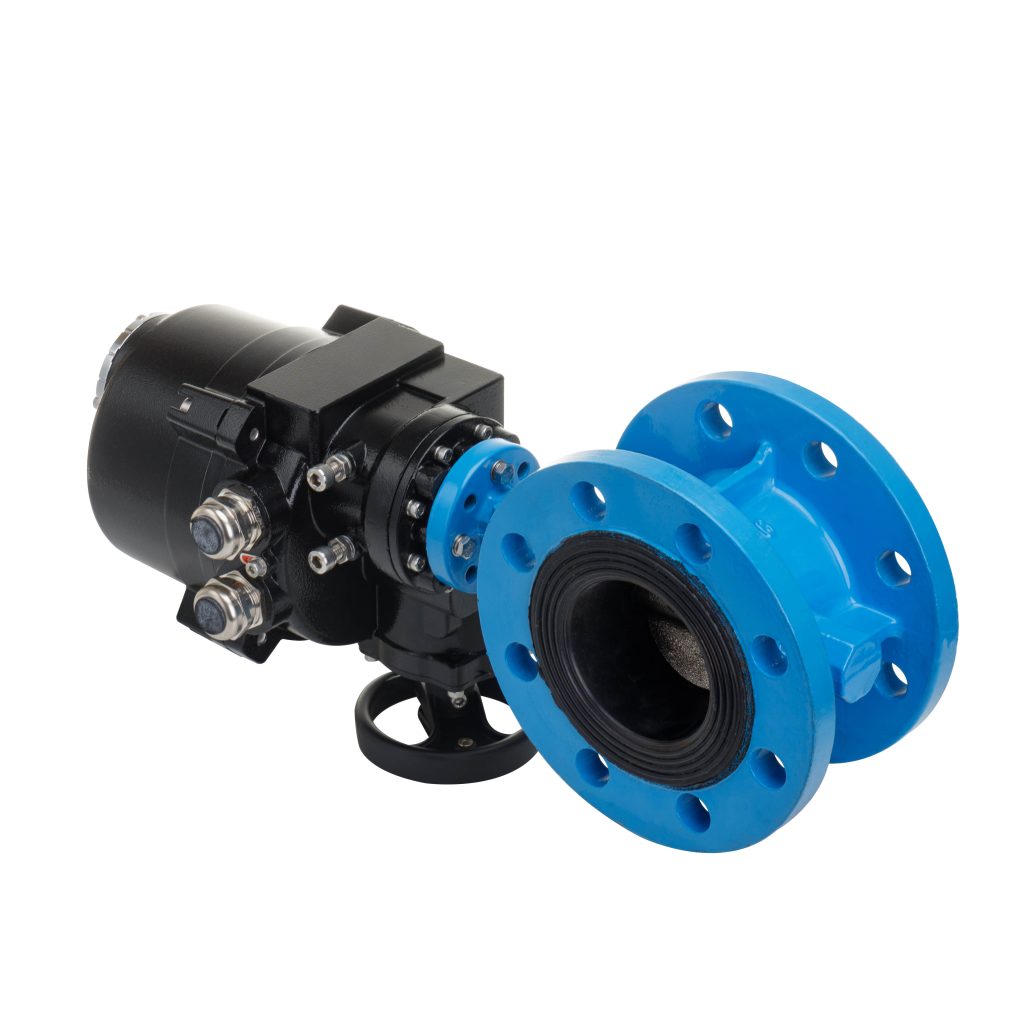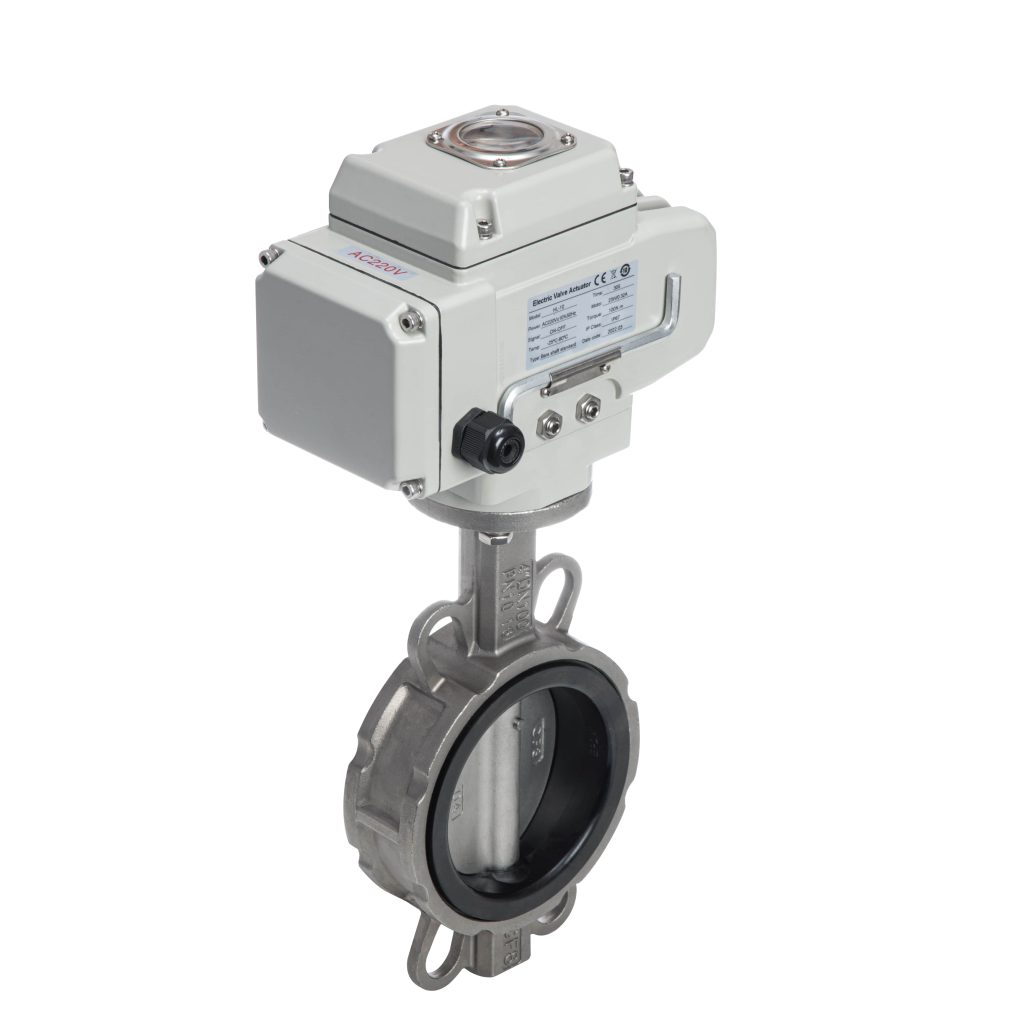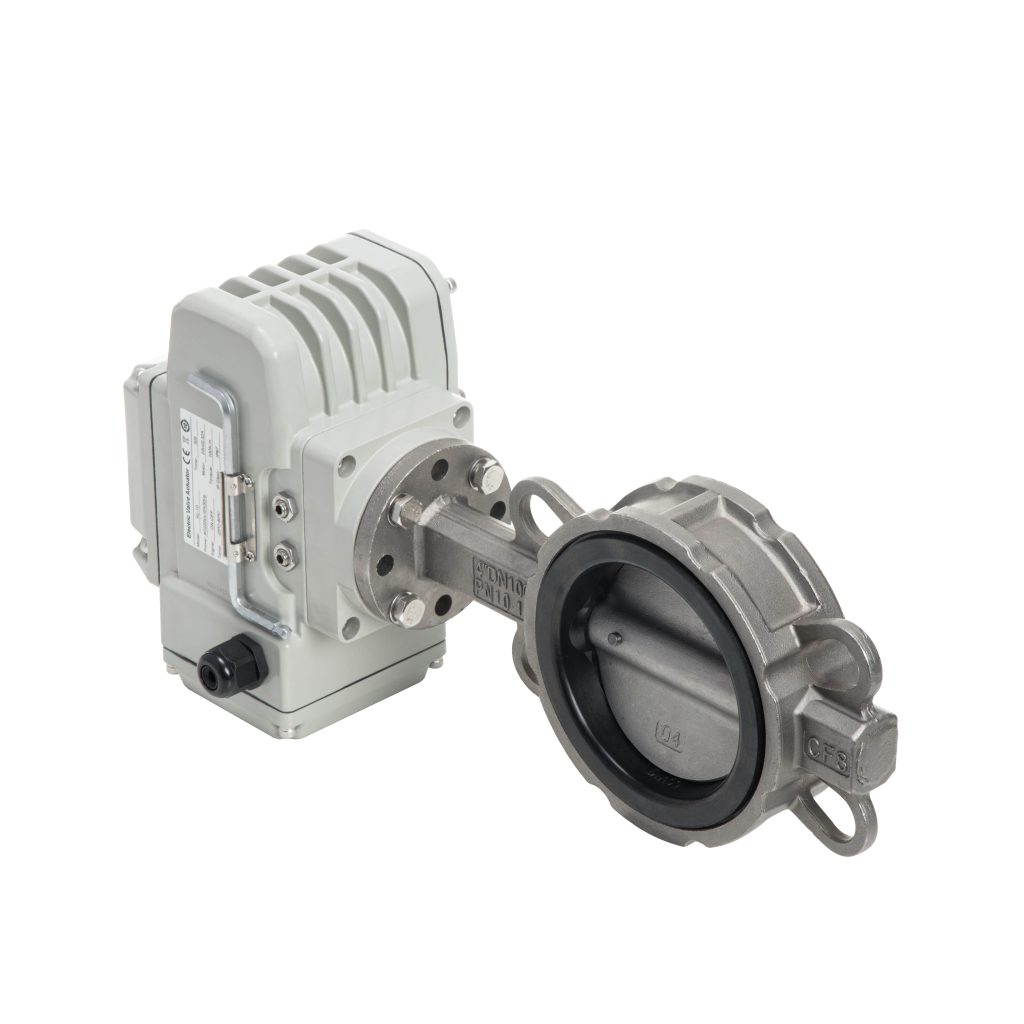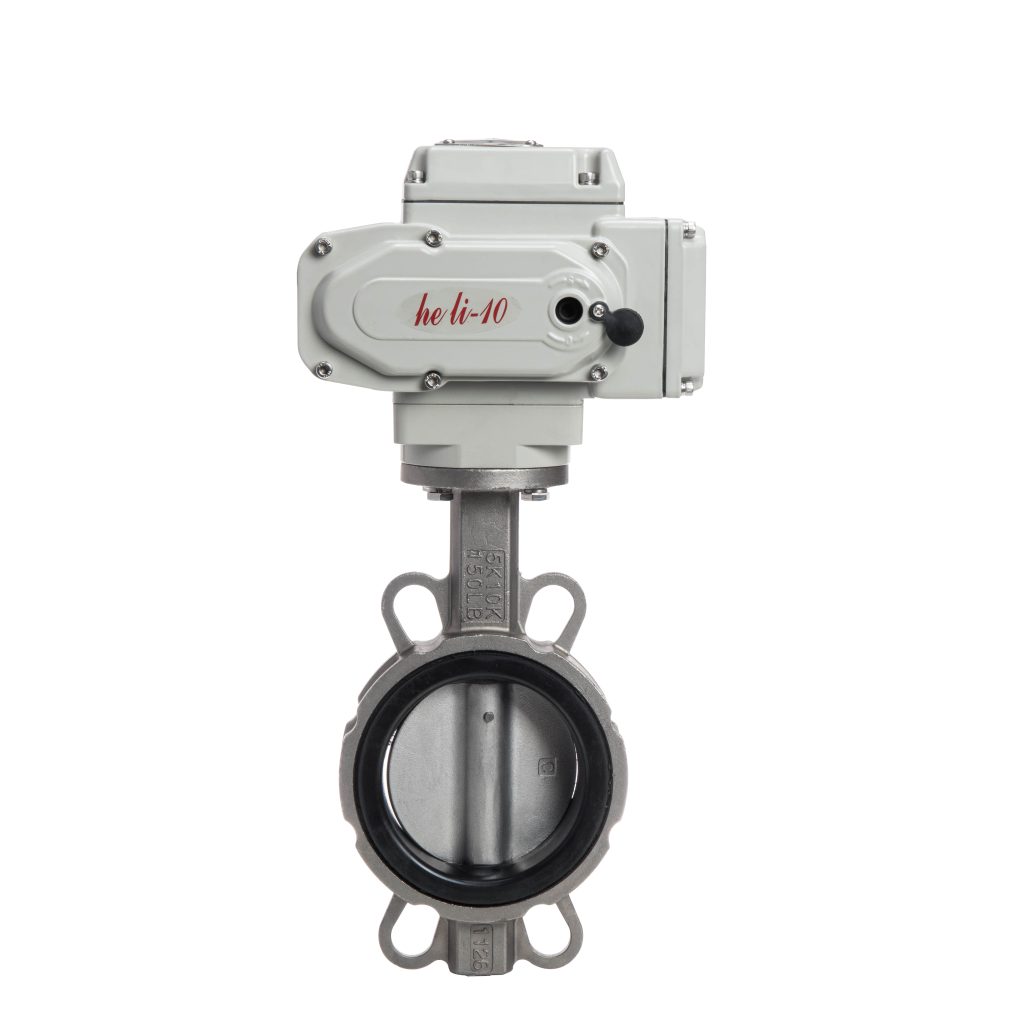Stainless steel electric two-seat regulating valves are a critical component in various industrial processes, playing a significant role in the precise control of fluid flow. These valves are designed to regulate the flow of liquids and gases in pipelines, ensuring efficient operations and optimal system performance. This article will delve into the importance, design, features, applications, and benefits of stainless steel electric two-seat regulating valves.
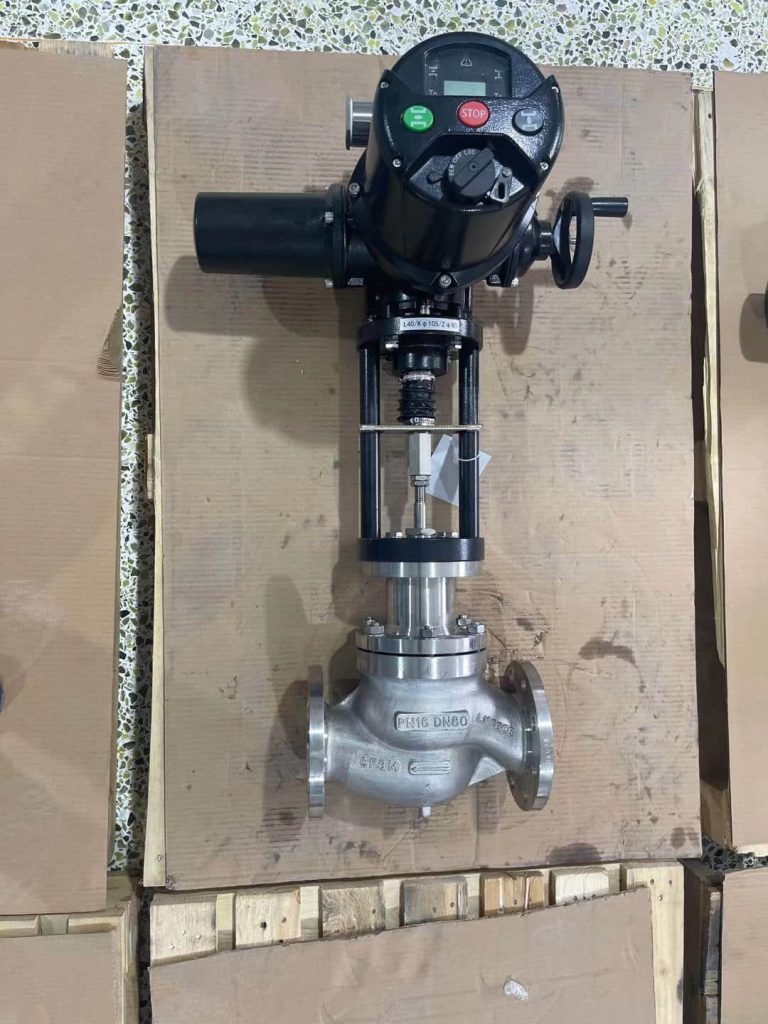
What is a Stainless Steel Electric Two-Seat Regulating Valve? A stainless steel electric two-seat regulating valve is a type of control valve that operates using an electric actuator to adjust the flow of media through a pipeline. The valve consists of two seating surfaces—typically a metal or soft material—that create a seal when closed, preventing leakage. The “two-seat” design allows the valve to offer better flow control and minimize resistance, ensuring accurate regulation of the medium passing through. Stainless steel, known for its durability, corrosion resistance, and longevity, is the material of choice for many industrial valves. Its robust nature makes it ideal for harsh environments where valves are exposed to high pressures, temperatures, and aggressive chemicals. The electric actuator integrated into the valve allows for remote control and automation, offering a precise, efficient way to regulate flow rates based on the needs of the process.
